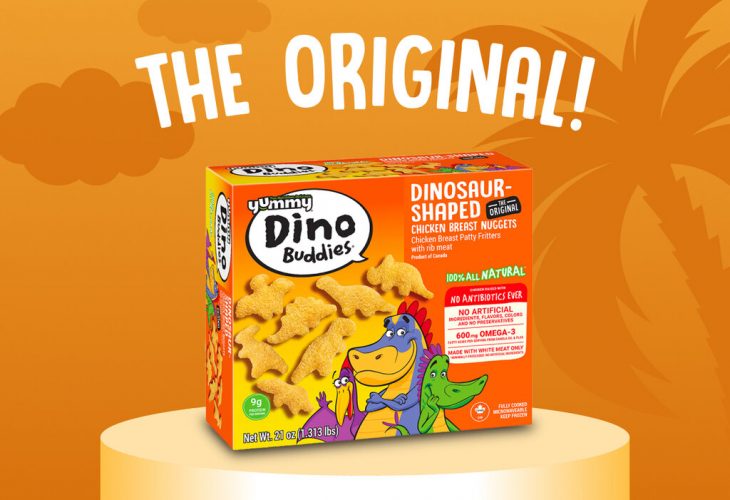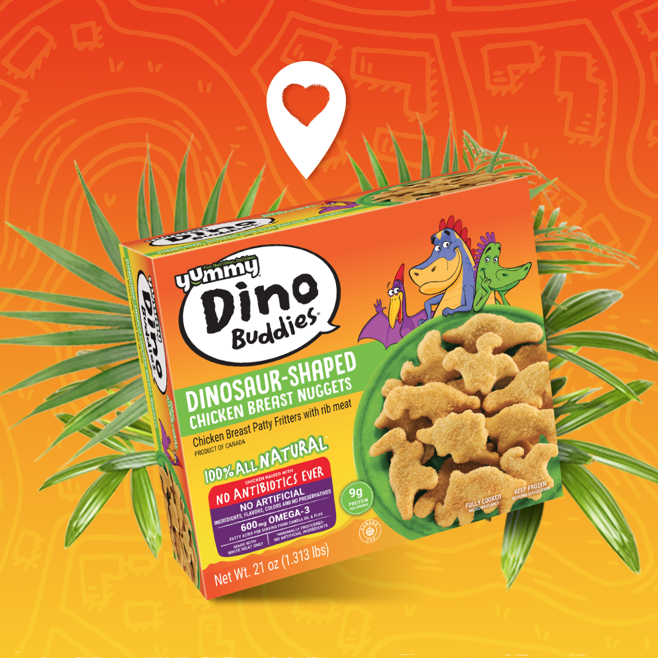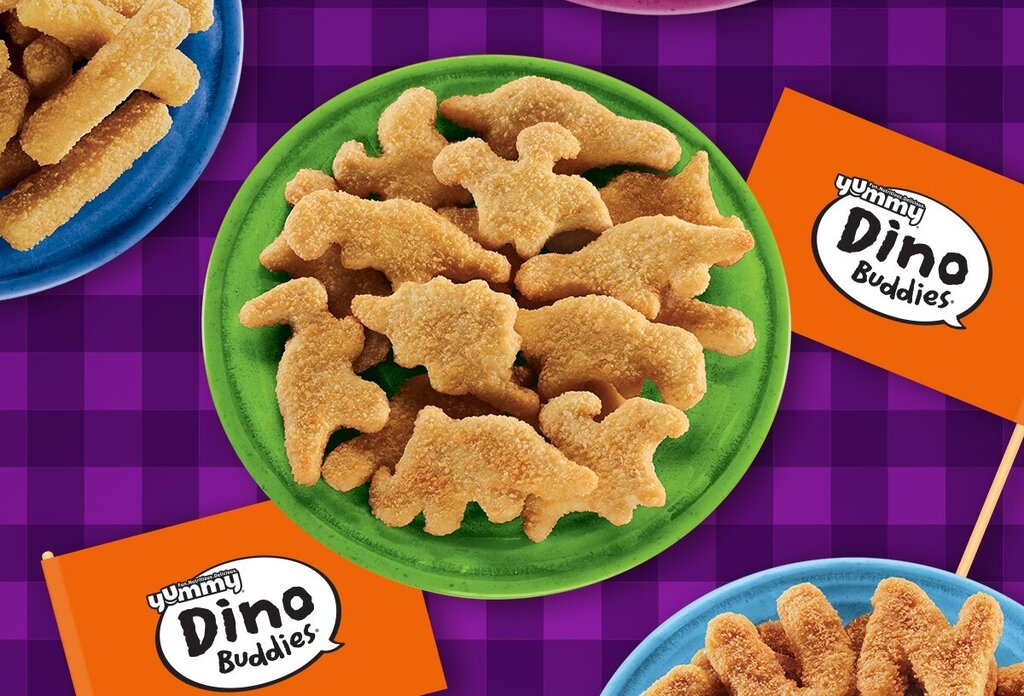
A familiar sight in many households, dinosaur-shaped chicken nuggets — or as they are affectionately known, Dino Nuggets — have roared their way into the hearts (and stomachs) of children everywhere. But while they undoubtedly score high on the fun and taste meters, what about their nutritional value? This article takes a deep dive into 18 Dino Nuggets’ nutrition facts, providing a balanced view of these prehistoric delights.
What’s in a Dino Nugget?
Dino Nuggets are typically made of chicken breast meat, water, wheat flour, canola oil, and a variety of seasonings and leavening agents. As with any processed food, the nutritional profile depends largely on these ingredients and their quantities.
Serving Size: Setting the Benchmark
For nutrition facts, the serving size is a crucial starting point. Typically, a serving size for Dino Nuggets is 5 pieces, though this may vary slightly depending on the brand.
Calorie Content: Energy in Every Bite
On average, a serving of Dino Nuggets contains approximately 210 calories. Remember, if your child eats more than the standard serving size, these calories will add up.

Protein Power: More Than Just a Fun Snack
Dino Nuggets are a surprisingly good source of protein, with around 13g of protein per serving. That’s approximately the same protein content as two eggs!
Fat Facts: A Closer Look at the Lipid Content
A serving of Dino Nuggets contains about 11g of total fat, which includes 2g of saturated fat and 0g of trans fat. Keeping an eye on fat intake is essential, particularly saturated and trans fats, which can contribute to heart disease if consumed in excess.
Carbohydrate Count: The Energy Boost
Dino Nuggets are moderately high in carbohydrates, with a serving providing approximately 15g of carbs. These carbs provide the energy your kids need for their active days!
Sodium: The Hidden Component
Despite their innocent appearance, Dino Nuggets can be high in sodium. A serving contains roughly 480mg of sodium, which is about 20% of the recommended daily intake for children.
Fiber: Is it Present in Dino Nuggets?
Unfortunately, Dino Nuggets are not a significant source of dietary fiber, with less than 1g per serving. A diet high in fiber is essential for digestive health and can help prevent chronic diseases like diabetes and heart disease.
Sugar: Sweet News or Not?
Good news for parents — Dino Nuggets contain no added sugars. However, they do contain a small amount of natural sugars, about 1g per serving.
Cholesterol: Should You Be Concerned?
A serving of Dino Nuggets contains about 40mg of cholesterol, or 13% of the daily value. Cholesterol intake should be monitored, particularly in children, as it can contribute to heart disease in the long term.
Vitamin and Mineral Content: Not a Significant Source
Dino Nuggets provide small amounts of certain vitamins and minerals, including calcium and iron, but they are not a significant source of these nutrients. For a well-rounded diet, it’s important to pair them with nutrient-rich foods.
Gluten-Free Dino Nuggets: An Option for Dietary Restrictions
For children with gluten intolerance or celiac disease, gluten-free Dino Nuggets are available. These versions use modified corn starch or rice flour instead of wheat flour, making them safe for kids with these dietary restrictions.
Organic Dino Nuggets: A Step Towards Healthier Choices
For parents concerned about additives and preservatives, organic Dino Nuggets provide a healthier alternative. These nuggets are typically made with organic chicken and are free of artificial preservatives, colors, and flavors.

The Broader Picture: Dino Nuggets in the Context of a Balanced Diet
While Dino Nuggets provide protein and some minerals, they should not be a child’s primary source of nutrition. A balanced diet with plenty of fruits, vegetables, whole grains, and lean proteins is essential for growing kids.
Serving Suggestions: Pairing Dino Nuggets for a Nutritious Meal
Serve Dino Nuggets with a side of colorful veggies, a portion of whole grains, and a serving of fruit to make a balanced meal. This not only adds nutritional value but also makes the meal more visually appealing to kids.
Homemade Dino Nuggets: A Nutritious Alternative
For a healthier alternative, consider making Dino Nuggets at home using lean chicken breast, whole wheat bread crumbs, and your own blend of herbs and spices. This gives you control over the ingredients and allows you to adjust the nutrition content as needed.
Moderation is Key
Like all processed foods, Dino Nuggets should be consumed in moderation. While they’re a fun and convenient option for busy parents, they shouldn’t replace fresh, home-cooked meals.
Encouraging Healthy Eating Habits
Use Dino Nuggets as a teaching tool to educate kids about nutrition and the importance of a balanced diet. This can help them develop healthy eating habits that will benefit them in the long run.
Final Word
In conclusion, while Dino Nuggets can be part of a child’s diet, it’s important to consider their nutritional profile and ensure they’re balanced with more nutrient-dense foods. Remember, a fun and nutritious diet is not mutually exclusive — with a little creativity, you can make meals that are as healthy as they are enjoyable!
Was this page helpful?
Our commitment to delivering trustworthy and engaging content is at the heart of what we do. Each fact on our site is contributed by real users like you, bringing a wealth of diverse insights and information. To ensure the highest standards of accuracy and reliability, our dedicated editors meticulously review each submission. This process guarantees that the facts we share are not only fascinating but also credible. Trust in our commitment to quality and authenticity as you explore and learn with us.
